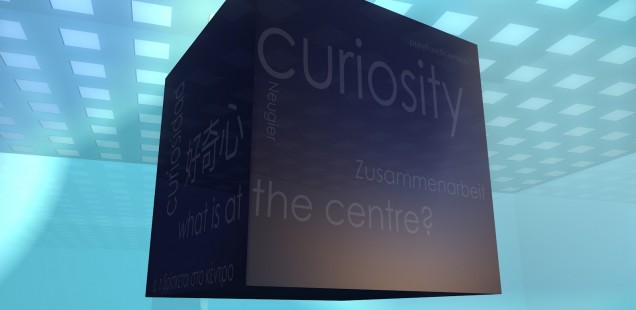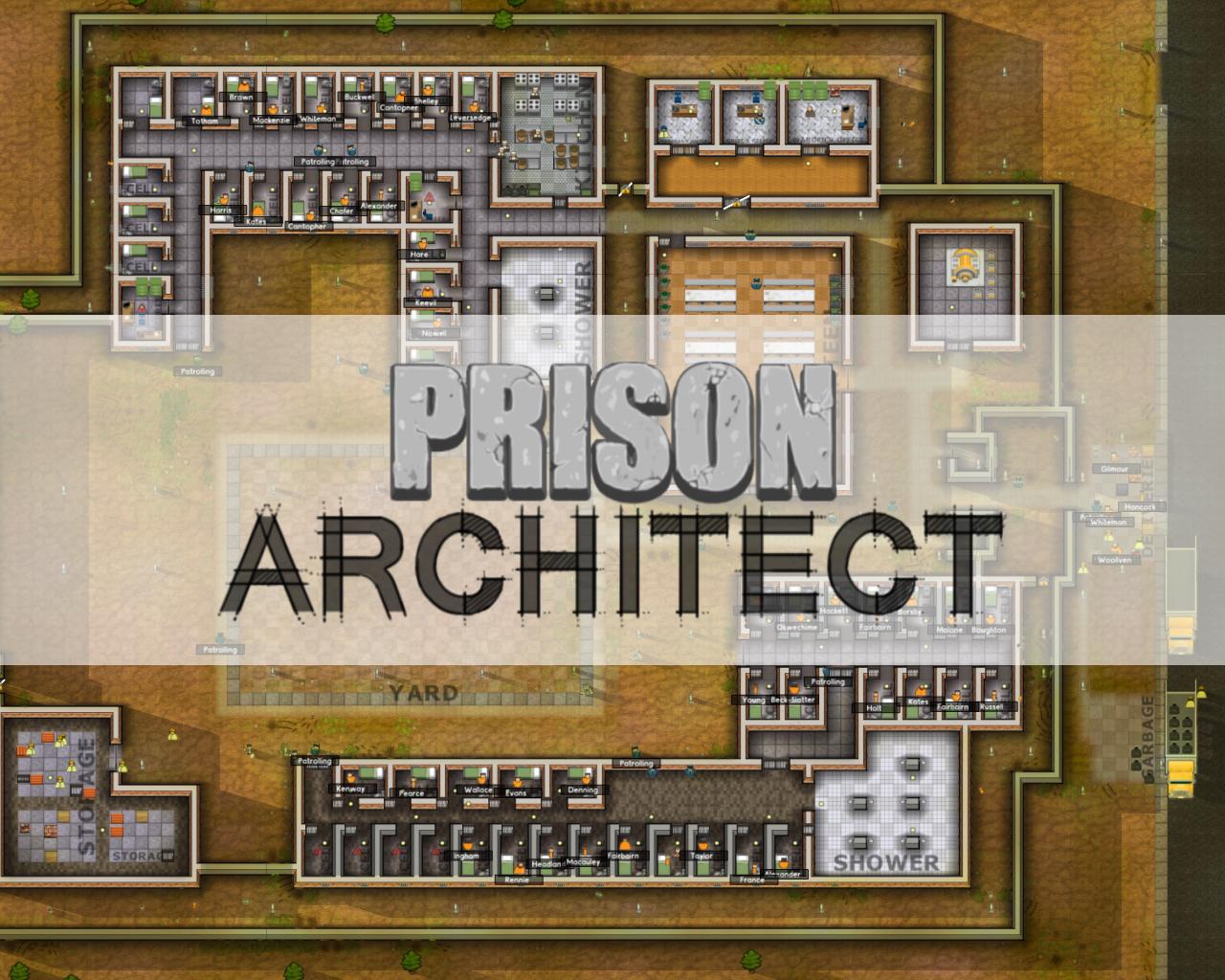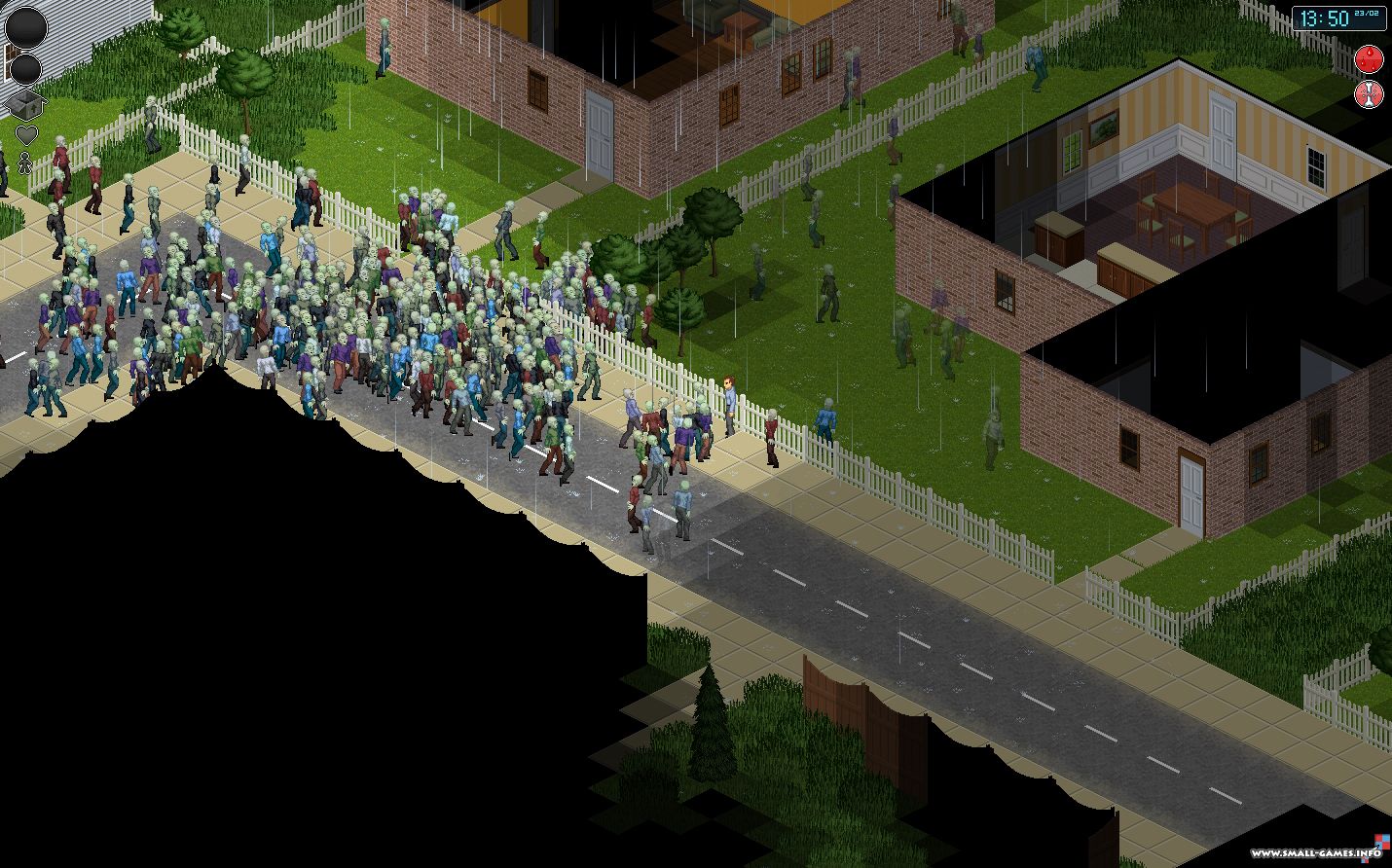
Thinking Indie
What’s it like to create a game and market it too? Francisco Dominguez took a trip to Brighton’s Rezzed Convention to find out.
Conclusions formed about indie games based on what you find at Rezzed, Brighton’s inaugural PC and indie games show, are probably skewed. Lack of marketing clout demands more promotional legwork from independent developers at such events, and indies forced into becoming visible proponents of their game are often far more willing to discuss their creation and their history than their larger counterparts would be prepared to do.
And these are creations, games yet to be packaged as a product by a marketing department. Design principles can be captured here before they are transmuted into opaque brand messages and rote feature lists. The reluctance big studios tend to display discussing their craft (hugely improved, but often still defensively reticent) vanishes. With no passing technological advantage to defend, and no legal department monitoring their every word, indies can speak more freely. They have a strong interpersonal advantage at these shows, with fewer opinions dictating the game’s shape, allowing the characters and histories of those who make it to have clearer influence. It may only be constructing a false portrait of the collaborative artist as a young egalitarian, but the honesty displayed makes it an appealing illusion at worst.
Not that honesty, integrity, and even an engaging presentation were exclusive to indies. Gearbox were enthusiastically represented, and just as enthusiastically received, as Randy Pitchford demoed Borderlands 2. Creative Assembly struck a great balance between the company history, its future and design insight in their talk too. And even had time to show off early footage of Rome 2, the latest installment of their Total War series. Both of these developers proved that even within the strict constraints guarding information about their upcoming games, a riveting talk can be made.
But both Ubisoft owned developers attending made limp efforts. The language barrier provided an excuse, but Nadeo’s inhibited attempt to show off Trackmania’s suspiciously athiest spiritual successor Shootmania, along with their new network Maniaplanet, were already struggling before the alarmingly clumsy translation efforts became apparent. “Easy to handle, hard to masterize” and the clunky buzzword “Sportainment” horrified the audience when what appeared to be Powerpoint typos turned out to be a marketer’s idea of acceptable English. Ubisoft Singapore then turned out to be a bad choice for the final developer session, their Ghost Recon Online demonstration both poorly attended and perfunctorily delivered. Perhaps the French developers misjudged the event; perhaps they were hamstrung by their publisher’s restrictions. The contrast between them and the other developers remained glaring, regardless of the reason. At least Nadeo provided some entertaining slip-ups to remember.
Larger studios working on larger projects necessarily have to break their games down into specialised tasks for employees to produce. As a result, a marketer’s impression of the game may well be among the best available for communication to an audience. But could their investment in the game itself be fairly questioned? The amount of work they put in doesn’t necessarily go into the game itself. Valuable work in many areas, but maybe not likely to provide the insight the audiences here wanted.
Indies bypass this issue with enviable ease, even if the technical and promotional responsibilities that caused this could lead to a generation of prematurely grey haired developers. Older mediums like film are yet to discover the ideal collaborative system. Games, a medium with greater technological demands, need greater numbers of subordinates simply to ensure basic functionality. The indie setup can rescue these subordinates from relentless microdevelopment. But could the risks of creative liberation make developers reconsider going indie?
While the studio may be proud enough of their independent status to trumpet it in their name, The Indie Stone certainly recognised the many pitfalls of their chosen method of game production, even if their session title “How Not To Make An Indie Game” suggests recognition of these pitfalls only comes after a hard landing. Maybe not the best way to introduce people to their alpha-funded zombie survivalthon, Project Zomboid.
During the session, the team described their discontent with previous jobs at major studios, working on isolated tasks. Their career aims didn’t involve exclusively developing shaders or particle systems, so ditching triple A game production to indulge in their own ideas seemed the sensible move. The originality of that vision in yet another zombie survival game could be questioned. However, the fond openness with which they discussed their game and its many disasters makes it clear that they made the right decision on a personal level. When you can tell a story about being evacuated from your home studio after the discovery of a bomb lab on your street with a smile, but can only discuss your previous job with wry diffidence, you’ve made the right decision in leaving it. Their enthusiasm made it clear that their haphazard self-reliance was something they cherished.
Designers with the creative freedom The Indie Stone craved may also look beyond major publishers, as Peter Molyneux has shown with his recent return to independent development with his new studio 22 Cans. One surprising reason he gave for his abrupt departure from Lionhead and Microsoft was the impact of his comedic Twitter doppelganger, Molydeux. Not many people would envy the mind that spawned game ideas featuring a bear who can only breathe in a hug, and then see their own failure to devise such scenarios as a personal limitation. That Molyneux claimed he did came across as endearing instead of bizarre, a testament either to his considerable public speaking abilities or his commitment to innovation in gaming. Although he seemed to have sold the audience on his decision, he never shared how he managed to sell the idea to his wife. I’m sure his kids loved it, mind.
It’s a good thing most people aren’t in a position to take career advice from their own parody. Otherwise, Molyneux’s admission that he doesn’t expect his new project to earn money could reduce the chances of anybody following his lead. Potential profits from his MMO cube chiseller, Curiosity (new name pending – thanks, NASA), are entirely speculative. But he went on to make the case that profit would be entirely incidental to this project’s aims anyway, as he explained its two main purposes as an experiment and as a teambuilding exercise for the young studio.
While the plethora of psychological insights into player motivation attainable from distilling the final goal to an extravagant promise, and gameplay’s reward to intermittent novel stimuli, are fascinating in themselves, more directly financial concerns were also addressed. Molyneux believes our current understanding of the free–to-play model is limited. The more outrageously priced chisels available are included as speculative options, intended to gauge player interest, financial willingness, and perhaps even mental stability. The aim is to raid their minds, not their wallets. Ian Bogost’s Cow Clicker may have already proven people will pay to, well, click on a cow (in satirical spirit), but it will be interesting to see how far people may go for a more earnest effort. 22 Cans has a deal arranged with Edge magazine to publish their findings, ensuring curiosity about Curiosity will be satisfied.
In what could seem a tacit depreciation of the entire exercise’s worth, the teambuilding presents the series of experiments as an opportunity to allow the new studio to gel. As Molyneux put it, you don’t bring together a new team and immediately commence your life’s great work. At their current speed, this plan may be unfeasible. The idea that these experiments are also a precursor to a larger project, while appearing typically overambitious, is still quite exciting. The insights and studio ethos built over what might just transpire to be a bout of self-indulgence could still create something radically different. After the usual series of ebullient interviews, anything less would be regarded as a disappointment. If anyone in the industry is a victim of their own charisma, it’s Peter Molyneux, but having taken the opportunity to bring his experience and abilities to a new area of gaming, he might actually uncover something exciting. It’s always hard to find a downside to anything involving this man until the game’s release, so we must wait and see.
 Few have Molyneux’s flair for public speaking. It would certainly be unfair to expect similar of a studio called Introversion. Yet the small studio was one of the more personable developers around, despite the cold sterility of their previous games Defcon and Darwinia. During their session they delved into the development of the abandoned project Subversion, and how it was partially salvaged in their upcoming release, Prison Architect. The story of the gradual realization that the game’s development had been deeply misconceived, requiring years of work to be dropped, revealed a problematic aspect of how absorbed tiny indie teams can become in their projects. Introversion’s single game designer, Chris Delay, spent three years working on the game before finally acknowledging the gameplay didn’t work. Traditional studio developers may share that attachment to their work, but the variety of opinions constantly available from peers, along with the sternly maintained commercial remits issued from above, makes the same outcome unlikely for them.
Few have Molyneux’s flair for public speaking. It would certainly be unfair to expect similar of a studio called Introversion. Yet the small studio was one of the more personable developers around, despite the cold sterility of their previous games Defcon and Darwinia. During their session they delved into the development of the abandoned project Subversion, and how it was partially salvaged in their upcoming release, Prison Architect. The story of the gradual realization that the game’s development had been deeply misconceived, requiring years of work to be dropped, revealed a problematic aspect of how absorbed tiny indie teams can become in their projects. Introversion’s single game designer, Chris Delay, spent three years working on the game before finally acknowledging the gameplay didn’t work. Traditional studio developers may share that attachment to their work, but the variety of opinions constantly available from peers, along with the sternly maintained commercial remits issued from above, makes the same outcome unlikely for them.
The studio managed to survive the catastrophic loss of three year’s work. Where was redemption found, along with inspiration for a new project? Alcatraz, of course. A research trip to the disused island prison to gather material for a Subversion level triggered the chain of thoughts that led to their new project, Prison Architect. Their new game provided an excuse to salvage some of the ideas and software tools developed for Subversion, redeeming some of the time and effort invested into it.
A commercial alpha release for Prison Architect is planned. While the reasoning behind this purchase model, their first attempt at exploiting the new array of distribution methods, went unexplained, it could be fair to speculate that the approach provides the financial support during development that their depleted funds can no longer provide after Subversion. Introversion’s indie status may have contributed to their mistakes. Fortunately, that status, along with the recent popularization of crowdfunding options, may have secured them a second chance rarely afforded to indies or traditional studios alike. And the game looks quite fun too.
Brighton’s Rezzed convention supplied many informative insights into game development, but how that knowledge was conveyed struck me just as much as what was said. Community counts, even more so now that crowdfunding and alphafunding have turned customers from sales digits into investors. Nothing demonstrated that better than when DayZ’s Dean Hall delivered the shortest introduction of the entire event to a packed hall before moving straight to Q&A. History counts, even if it’s one as ignoble as the many bankruptcies of Splash Damage’s CEO. Such a background is far more revealing than developers who, for the purposes of their talk, spawn into existence to deliver a company message and avoid answering questions. Honesty counts, or at least the appearance of it. Games are products of creativity. I’ll never forget Shigeru Miyamoto’s story of his childhood garden adventures and their influence on the games he made. I’ve forgotten the features and game modes Ghost Recon Online tried to show off already.
And for god’s sake, spellchecked Powerpoint slides count, Nadeo.
Francisco Dominguez is an English graduate currently pursuing a postgraduate career in stacking food. You can follow him on Twitter.
